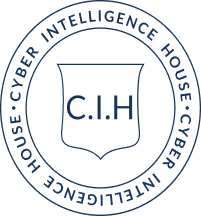What is a cyber exposure management solution?
A cyber exposure management solution is a comprehensive platform that enables MSSPs and SOCs to continuously discover, assess, and mitigate digital risks across their clients’ attack surfaces.
It leverages advanced threat intelligence, asset discovery, and vulnerability assessment capabilities to provide real-time visibility into an organization’s cybersecurity posture. These solutions typically incorporate dark web monitoring, data breach detection, and external attack surface management (EASM) functionalities.
By aggregating and analyzing diverse data sources, including network telemetry, threat feeds, and vulnerability scanners, cyber exposure management tools offer actionable insights for prioritizing remediation efforts, streamlining incident response, and enhancing overall security operations efficiency.
They often integrate with existing security stacks, enabling seamless workflow automation and improved threat detection and response capabilities.
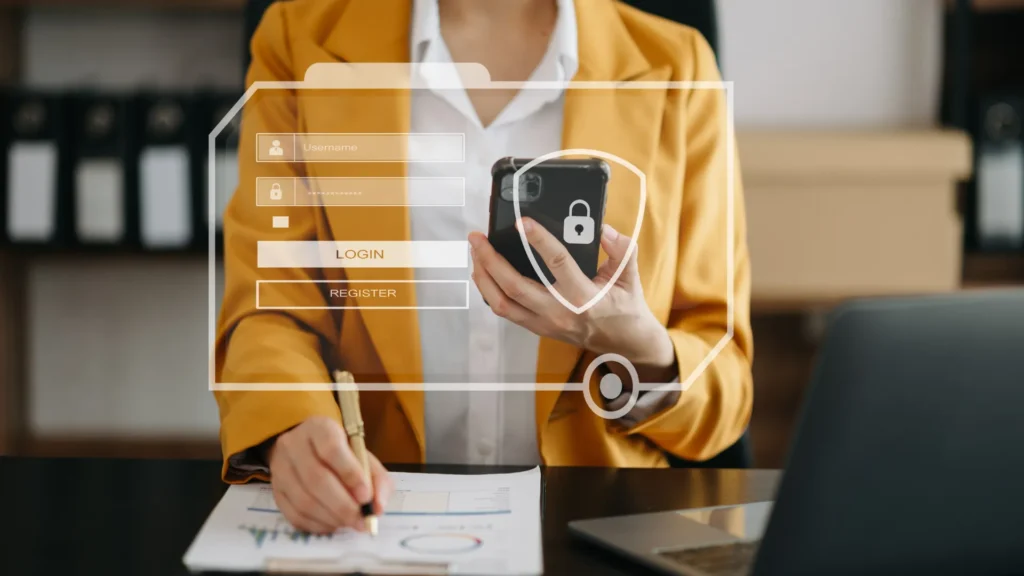
Understanding the role of a cyber exposure management platform within MSSPs & SOCs
Cyber exposure management platforms play a pivotal role in enhancing the operational capabilities of MSSPs and SOCs. These solutions act as centralized hubs for aggregating, analyzing, and prioritizing threat intelligence across multiple client environments.
By leveraging advanced algorithms and machine learning, they automate the discovery and assessment of digital assets, vulnerabilities, and potential attack vectors. This enables security teams to efficiently triage alerts, streamline incident response workflows, and proactively mitigate risks.
The platforms integrate with existing security stacks, including Security Incident and Event Management (SIEM) and Security Orchestration, Automation and Response (SOAR) tools, to provide contextualized threat data and facilitate automated remediation actions.
Ultimately, they empower MSSPs and SOCs to scale their services, improve client security postures, and maintain a competitive edge in the cybersecurity landscape.
10 Advantages of a cyber exposure platform for MSSPs & SOCs
Dive into the top benefits of adopting a cyber exposure platform, designed to significantly bolster the security measures and enhance the operational capabilities of MSSPs and SOCs. Each benefit showcases how these platforms can transform cybersecurity practices and outcomes.
These platforms enhance operational efficiency, enhance sales acquisition, improve threat detection and response, and provide valuable insights through advanced analytics and integration with existing security systems.
Read on to find out more.
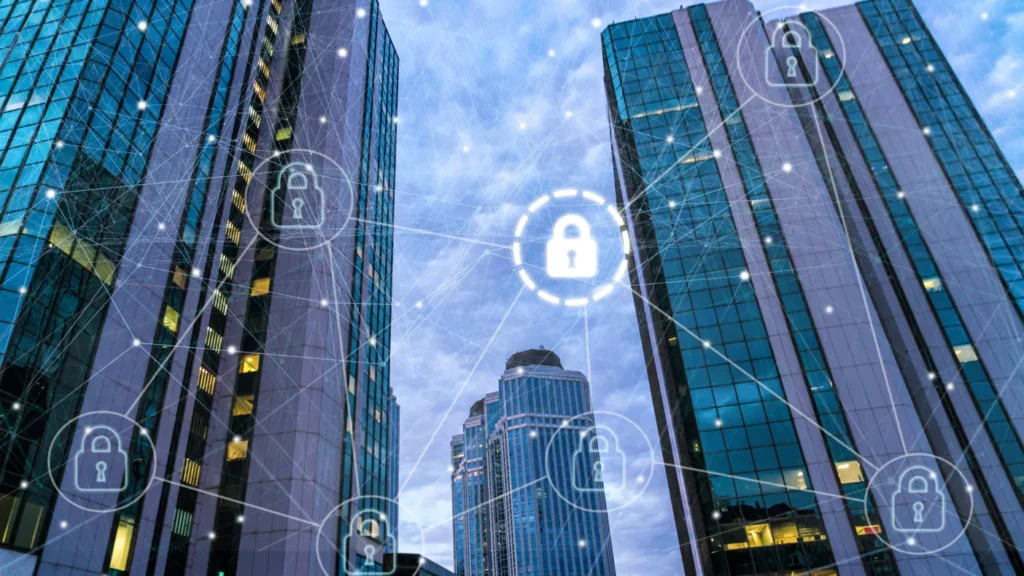
1. Access to open-source data feeds and proprietary data feeds
Cyber exposure platforms provide MSSPs and SOCs with access to a vast array of data sources, combining open-source intelligence (OSINT) with exclusive proprietary feeds. This comprehensive approach ensures a more complete view of the threat landscape.
Open-source feeds offer publicly available information from various sources, including security researchers, threat intelligence communities, government databases, and public vulnerability repositories. These feeds provide broad coverage of known threats and vulnerabilities.
Proprietary data feeds, on the other hand, offer unique insights not available through public channels. These may include data from honeypots, dark web monitoring, private threat intelligence exchanges, and exclusive partnerships with cybersecurity vendors. This data often contains early warnings about emerging threats, zero-day vulnerabilities, and detailed threat actor profiles.
By integrating these diverse data sources, MSSPs and SOCs can enhance their overall detection of exposures and threats, and make informed decisions about their remediation efforts.
Our cyber exposure management solution relies on comprehensive proprietary data collection to provide partners in cybersecurity with accurate and comprehensive feeds that identify a range of previously unknown exposures.

2. Comprehensive identification of exposed assets & information at all levels
Cyber exposure platforms empower MSSPs with comprehensive visibility into their clients’ digital footprints through advanced asset and information discovery capabilities. These solutions leverage a multifaceted approach, combining passive and active scanning techniques, OSINT aggregation, and dark web intelligence to identify exposed assets across the entire attack surface.
The platforms excel at detecting shadow IT, misconfigurations, and vulnerable endpoints, while simultaneously uncovering leaked credentials, sensitive data, and intellectual property across surface, deep, and dark web sources. By employing sophisticated machine learning algorithms and natural language processing, these tools contextualize findings, prioritize risks, and provide actionable intelligence.
This multi-layered approach covers:
- Host level: Identifying vulnerabilities in individual devices, servers, and endpoints, including desktops, laptops, mobile devices, and IoT devices.
- Domain level: Assessing risks associated with an organization’s domains and subdomains, including DNS configurations, SSL certificates, and domain registrations.
- Application level: Detecting vulnerabilities in web applications, APIs, and software services, encompassing issues such as insecure code, misconfigurations, and unpatched software.
This comprehensive identification allows MSSPs and SOCs to gain a holistic view of their clients’ attack surfaces and uncover all information exposures related to these assets. These platforms can identify:
- Sensitive information leaks, including confidential documents and intellectual property.
- Exposed credentials, such as leaked passwords or API keys.
- Personal information exposure, related to an organization and its customers.
- Discussions on dark web forums about potential targets or vulnerabilities.
- Financial information leaks that could lead to fraud or theft.
- Malicious assets attempting to impersonate or harm brand image/reputation.
Additionally, these platforms can detect hacker group targeting, ongoing attacks, and compromises. This comprehensive detection enables MSSPs and SOCs to provide early warnings and take proactive measures to protect their clients from various threats.
The CIH platform is adept at providing security teams with a clear and detailed overview of all of their exposed assets and information, aided by helpful visualizations. It also provides insight into exposures by severity to help streamline the process of identifying the most critical threats to a client’s organization.
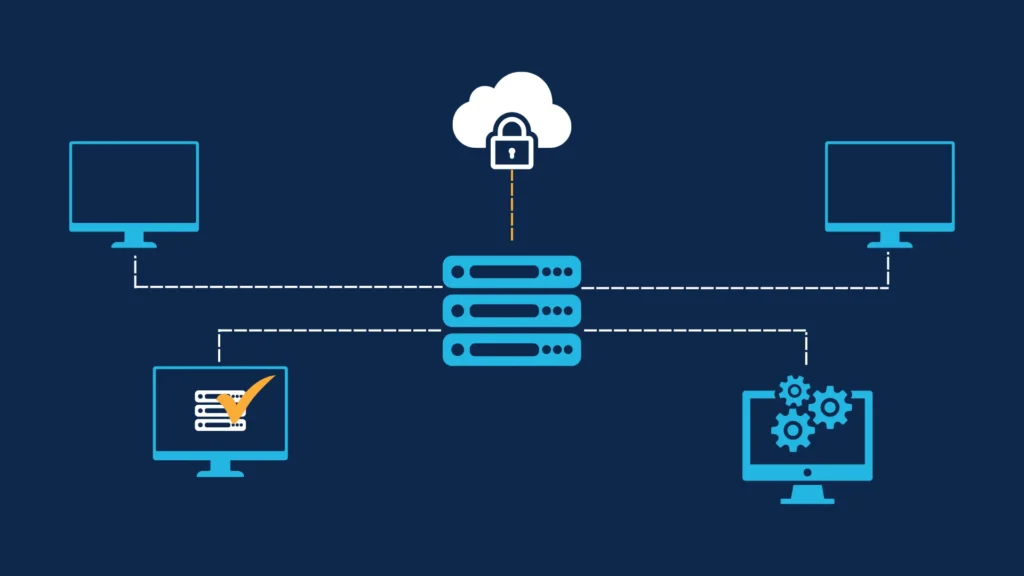
3. Threat severity insights to inform faster incident response
Cyber exposure platforms provide crucial context about threat severity, enabling MSSPs and SOCs to prioritize and respond to incidents more efficiently. These platforms typically employ advanced algorithms and threat intelligence to assess the potential impact of identified vulnerabilities and exposures.
By quantifying the risk associated with each threat, security teams can focus their efforts on the most critical issues first. This prioritization is essential for managing the often overwhelming volume of alerts and potential threats that MSSPs and SOCs face daily.
Further, understanding threat severity allows for more informed decision-making during incident response. Teams can quickly determine which threats require immediate attention and allocate resources accordingly, significantly reducing response times and minimizing potential damage to client’s systems.
The CIH cyber exposure platform helps security teams prioritize the remediation of critical threats and only provides alerts on relevant threats to streamline analysts’ workflows. In addition, the platform provides remediation recommendations to support faster incident response, improving mean-time-to-identify and mean-time-to-repair metrics.
4. Clear recommendations for preparing remediations
Cyber exposure platforms can provide MSSPs and SOCs with insights into possible remediation strategies for identified vulnerabilities and exposures.
It’s worth noting that while a cyber exposure platform may provide quick recommendations around remediating exposures, the incident response team must tailor specific strategies to fit the environment and scenario.
These recommendations can range from implementing multi-factor authentication or updating software to conducting training to identify common patterns of exposure such as phishing.
When paired with an assessment report or more detailed information about critical exposures, this quick overview can help a security team understand where an organization needs support, whether it’s filling in knowledge gaps or preparing security upgrades for exposed assets.
The CIH platform provides clear remediation recommendations within its cyber exposure risk assessments. Our risk assessments, including recommendations, are professionally formatted for MSSPs to provide reports to their clients that enable them to clearly understand their exposure, risks, severity, and required remediation efforts.
5. In-depth investigations of exposures and threat actors
Cyber exposure platforms equip MSSPs and SOCs with powerful tools for conducting thorough investigations into exposed information.
Using an investigation search tool or feature, MSSPs or SOCs may be able to enter various types of personal or financial information—ranging from a phone number, email address, or URL to credit card information or a crypto wallet address—to understand the breadth of the exposure of specific information.
This search will provide an analyst with a very broad and comprehensive overview of the findings associated with a search and the extent of exposure to sources such as the dark web and deep web, as a result of data breaches, via social channels or other sources.
An analyst can then narrow down their search using filters to categorize findings based on various factors, including their severity or source, and make informed determinations.
Our leading cyber exposure solution enables MSSPs, investigators, and law enforcement to conduct in-depth investigations, search for, and monitor actors, events, transactions, and other content in the dark web and deep web.
6. Streamlined sales acquisition & high value service offering
Cyber exposure platforms enable MSSPs and SOCs to conduct thorough assessments that not only enhance security for current clients but actively support the acquisition of new clients.
During the proposal phase, an analyst can provide a detailed assessment of an organization’s exposures, particularly severe exposures, to demonstrate value to a prospective client upfront.
Examples of these critical exposures include unpatched vulnerabilities in key systems, which can be exploited by attackers to gain unauthorized access; misconfigurations in cloud services, which can lead to data breaches; and exposed sensitive data on public networks, which can result in financial loss and reputational damage. These issues pose significant risks to an organization’s security and are easy wins for an organization to solve immediately.
In addition, an MSSP that can showcase its expertise in this manner improves their credibility in the client’s eyes and may enable them to build trust with prospective clients early on and streamline the sales process.
To this end, an MSSP should look for a platform that provides assessment reports that can act as a marketing or sales asset. For example, a cyber exposure platform that provides assessments should generate reports that can serve as useful resources within an analyst’s compiled materials or function independently. These reports should be well-structured, detailed, and include contextual background to help clients understand the information during the proposal phase.
A cyber exposure platform is a valuable asset for MSSPs aiming to broaden their service offerings. It equips providers with a tool that helps attract new clients and also enables them to upsell additional services to their existing clientele, enhancing their portfolio’s value.
The CIH platform provides comprehensive assessment reports that can be used as white-label sales resources for clients. In addition, our lead scanner allows you to assess up to 300 organizations at once to pre-screen or conduct due diligence on potential clients.

7. Benchmark clients to industry peers and third parties in the supply chain
Cyber exposure platforms equip MSSPs with robust benchmarking capabilities, enabling the quantitative assessment of clients’ security postures against industry peers and third parties. These solutions leverage extensive datasets and advanced analytics to generate comparative metrics across various security domains, including vulnerability management efficacy, incident response capabilities, security control maturity, and threat detection performance.
By utilizing machine learning and statistical models, these platforms provide granular insights into a client’s cybersecurity standing relative to their industry. Key features typically include risk-scoring algorithms based on multiple factors, industry-specific security posture comparisons, compliance readiness evaluations, and third-party risk quantification for supply chain analysis.
MSSPs can leverage this benchmarking data to identify security gaps, prioritize remediation efforts, and demonstrate the ROI of security investments to clients. Furthermore, it allows for the tailoring of security strategies based on industry-specific threats and enhances third-party risk management programs. This functionality empowers MSSPs to deliver data-driven recommendations and continuously improve their clients’ cybersecurity resilience in an increasingly complex threat landscape.
Additionally, a cyber exposure management solution can help an MSSP gain new business within a client’s supply chain. When an MSSP identifies vulnerabilities associated with a client’s partners, they can provide valuable insights and solutions. A client may refer the MSSP to their partners to help mitigate these risks, strengthening overall security and reducing risk along the entire supply chain. This collaborative approach not only enhances security but also fosters stronger business relationships and opens up new opportunities for the MSSP.
8. Prompt news updates on threats, threat actors and data breaches
Cyber exposure platforms may offer prompt news & reporting features that keep MSSPs and SOCs informed about the latest threats, actors and breaches. For example, our cyber exposure platform provides timely reports on:
- Newly discovered and trending vulnerabilities and exploits.
- Trending or emerging threat actors and their activities.
- Recent ransomware attacks and their victims.
- Data breaches across various industries.
- The sale of sensitive information across sources such as hacking forums.
This functionality and the detail included in these reports may vary depending on the cyber exposure tool. An MSSP should consider the benefits that timely reports of this nature may provide and how it may help demonstrate its value as a proactive security partner.
9. Streamline analyst workflows with automations and integrations
Cyber exposure platforms significantly enhance MSSP operational efficiency by streamlining and automating analyst workflows. These solutions integrate seamlessly with existing security tools and systems, including:
- SIEM: Security Information and Event Management systems gather and analyze security data to provide real-time security insights.
- IDS: Intrusion Detection Systems monitor network traffic for suspicious activities and potential threats, alerting security personnel.
- EDR: Endpoint Detection and Response tools actively monitor endpoints and respond to cyber threats to mitigate immediate risks.
- SOAR: Security Orchestration, Automation, and Response platforms streamline threat identification, analysis, and response across security tools.
Cyber exposure platforms significantly enhance operational efficiency by streamlining and automating many aspects of security analysts’ workflows. This automation is crucial for managing the vast amount of data and alerts that MSSPs and SOCs handle daily. These key features features may include:
- Alert triage and prioritization based on threat severity: Automation helps in immediate triage and response to alerts, reducing the time analysts spend on low-priority or false-positive alerts, thereby focusing on critical threats.
- Correlation of threat data from multiple sources: Integrating data from various security tools and threat intelligence sources allows for a unified view, improving the accuracy and context of security incidents.
- Automated report generation for clients and internal stakeholders: Regular and ad-hoc reports can be automatically generated, saving time and ensuring that all stakeholders are kept informed with up-to-date information.
- Integration with ticketing systems for smooth incident management: Seamless integration with security tools or other IT service management tools ensures that incidents are identified and resolved efficiently, facilitating quicker resolutions.
- Centralized dashboards and shared workspaces: Centralized dashboards provide a unified interface for monitoring, while shared workspaces enable collaboration among team members, improving coordination and efficiency.
- Playbooks for common scenarios: Predefined playbooks standardize responses to common threats and incidents, ensuring consistent and efficient handling of security events.
- Automated threat-hunting queries: Automated queries continuously search for potential threats, allowing analysts to proactively identify and mitigate risks before they escalate.
By reducing manual tasks and accelerating decision-making processes, cyber exposure platforms enable MSSPs to handle larger volumes of security events, improve mean time to detect (MTTD) and mean time to respond (MTTR) metrics, and ultimately provide more value to their clients without proportionally increasing headcount or operational costs.
Our cyber exposure management solution perfectly fits into an MSSP’s cybersecurity environment, supporting a range of features and automation that vastly improve analysts’ workflows and allow your business to scale and become an industry leader. These include assessments that streamline acquisition and inform effective remediation, monitoring, alerts, integrations, and more.

10. Real-time visibility with continuous monitoring & alerts
Cyber exposure platforms provide MSSPs and SOCs with robust continuous monitoring capabilities, ensuring round-the-clock vigilance over client environments. This constant surveillance is essential in today’s rapidly evolving threat landscape. The platforms typically employ advanced algorithms, including machine learning and behavior analytics, to analyze network traffic, system logs, and other data sources in real time. When the system detects potential threats or anomalies, it conducts further analysis before generating alerts to minimize false positives.
This continuous monitoring extends beyond just internal networks, often including external attack surface monitoring. By providing real-time visibility into the threat landscape, these platforms enable MSSPs and SOCs to improve their responsiveness and offer enhanced security services to their clients.
Integrating these capabilities ensures that security teams can swiftly address potential threats, but true proactive security also involves threat hunting and advanced threat intelligence gathering.
The CIH platform provides industry-leading continuous monitoring backed by the most comprehensive and trusted database of dark web and deep web cyber threats. It also validates threats against a standardized information model to provide alerts for the most relevant threats only, supporting your team without overwhelming them.
In a related piece, we explore how to find the right dark web monitoring service as an MSSP or SOC, should you wish to learn more.
Final thoughts on cyber exposure management solutions for MSSPs
Ultimately, leveraging cyber exposure management services allows MSSPs to deliver proactive, high-value security services, ensuring effective cyber security services for their clients in an ever-evolving threat landscape.
Integrating these solutions is a strategic move that enhances service quality and client trust while also enabling an MSSP to enhance its analysts’ workflows, client acquisition and portfolio of services while supporting highly cost-effective growth in the company.
Cyber Intelligence House provides an exposure monitoring and assessment platform trusted by MSSPs, SOCs, law enforcement agencies, and other cyber security teams around the world.
We’ve helped MSSPs 10x their ROI by providing a single point of access to the most comprehensive range of intelligence feeds and sources and a variety of functionalities that create value within their service offerings and enhance the efficiency of their existing services.
Learn more about our cyber exposure platform and reach out for a demonstration. You can also explore our approach to partnering with Cybersecurity Consultancies, Managed Security Service Providers (MSSPs), and Security Operation Centers (SOCs) to bolster organizations’ security posture and provide a high-value service.
